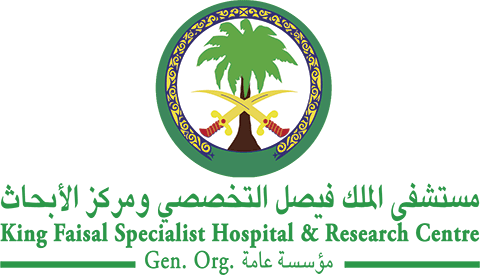Abstract
Some of the early complications of hematopoietic stem cell transplantation (HSCT) concerning the small vessels can be summarized as transplant-associated systemic vasculopathies (TASV). One enzyme known to play a major role in inflammation, tissue remodeling, and repair processes as well as tumor metastasis is heparanase (HPSE). HPSE genetic variants have recently been associated with significant influence on the risk of developing certain TASV such as a sinusoidal obstruction syndrome. This study aimed to validate the two known HPSE single nucleotide polymorphisms (SNPs)—rs4693608 and rs4364254—as a genetic predictor of TASV in a cohort of 494 patients and were correlated retrospectively with the clinical course post- HSCT. Significant association was revealed for rs4364254, showing that the incidence of TASV (38.0% vs. 57.8%, p = .009) and in particular of acute graft-versus-host disease (aGvHD) (36.3% vs. 54.0%, p = .0138) was lower in wildtype CC carriers than in TC/TT carriers. Moreover, compared with all other genotypes, the allelic combination GG-CC had the lowest incidence of TASV (34.9% vs. 57.4%, p = .0109) and aGvHD in particular (34.9% vs. 53.5%, p = .0315). A competing risk regression analysis confirmed a significantly reduced risk for a TASV in patients with GG (subhazard ratio [SHR] = 0.670, p = .043) and CC (SHR = 0.598, p = .041) compared with the corresponding homozygote SNP as well as for allelic combinations correlated with low HPSE gene expression (SHR = 0.630, p = .016) and in correlation with clinical risk factors. In summary, our study emphasizes an association of HPSE gene SNPs with TASV, in particular with aGvHD, which could be implementable as pre-transplant risk stratification if validated prospectively.
Recommended Citation
Mueckenhausen, Raphaela; Fo¨ll, Ju¨rgen; Kleinschmidt, Katharina; Tro¨ger, Anja; Malaise´, Muriel; Wolff, Daniel; Holler, Ernst; Matthes, Marie; Heise, Tilman; Sommer, Gunhild; and Corbacioglu, Selim
(2023)
"Heparanase wildtype is associated with a reduced incidence of transplant-associated systemic vasculopathies,"
Hematology/Oncology and Stem Cell Therapy: Vol. 16
:
Iss.
3
, Article 6.
Available at: https://doi.org/10.1016/j.hemonc.2021.10.003
Creative Commons License

This work is licensed under a Creative Commons Attribution-Noncommercial-No Derivative Works 4.0 License.
Included in
Cancer Biology Commons, Hematology Commons, Oncology Commons

